Innovative rainwater harvesting
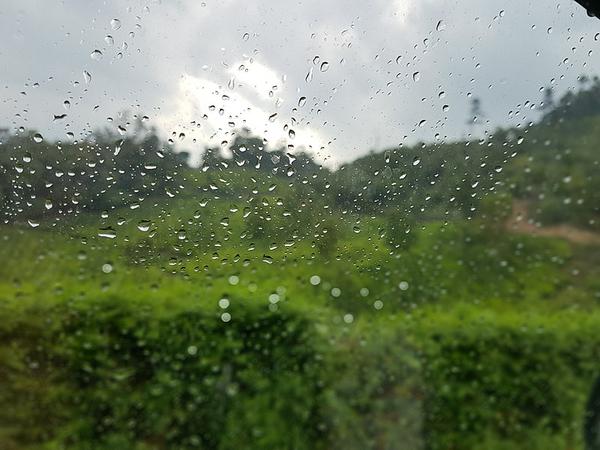
Rainwater harvesting is essential to addressing India’s water scarcity issues, especially for recharging groundwater.
Recently, Bengaluru faced a massive water crisis, highlighting the urgent need for effective water management across Indian cities.
Groundwater levels are dropping at an alarming rate in many regions, including Rajasthan, Punjab, Haryana etc.
While government initiatives, like Jal Shakti Abhiyan: Catch the Rain, are in place, individuals also play a crucial role in groundwater recharge.
Rainwater harvesting structures, such as recharge wells and percolation pits, are effective in capturing and directing rainwater into the ground, replenishing aquifers and ensuring a sustainable groundwater supply. These practices are gaining popularity due to their numerous benefits.
An accessible solution for homeowners is the use of drainage cells. Recently, Chetan Soorenji, founder of Forest Garden Microfarms India shared a video.
In that video, he demonstrates a simple yet effective method to harvest rainwater and recharge groundwater at home using drainage cells.
These cells, or drainage plates or modules, are vital components of rainwater harvesting systems. They facilitate efficient water collection, management, and discharge.
Chetan explains that drainage cells can be placed between tiled pathways on a layer of stones. Rainwater percolates through these cells, eventually recharging the groundwater.
This subsurface water retention and drainage system allows excess rainwater to be collected, stored, and gradually released into the soil, reducing surface runoff and soil erosion.
The modular, honeycomb-like plastic cells enable rainwater to infiltrate the ground quickly, providing a practical and effective solution for individuals looking to contribute to groundwater recharge.
These cells create a network of small channels that guide the water through the soil more efficiently than natural percolation alone. The design of the cells ensures that water is evenly distributed, preventing waterlogging and maximizing absorption.
The installation process is straightforward. First, excavate the area where the drainage cells will be placed. Then, lay down a layer of coarse gravel or stones to create a stable base.
Arrange the drainage cells on top of the gravel, ensuring they cover the entire area uniformly. Finally, cover the cells with a layer of soil or sand, and you can finish the surface with tiles or pavers.
Adopting such innovative practices can significantly impact water conservation efforts and help mitigate water scarcity in India.
By incorporating drainage cells into rainwater harvesting systems, individuals can make a tangible contribution to replenishing groundwater levels and promoting sustainable water management.
Image Credit: Prakash Pali, CC BY-SA 4.0, via Wikimedia Commons
Image Reference: https://commons.wikimedia.org/wiki/File:Listen_to_the_rain.jpg


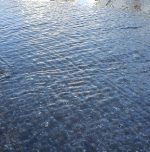
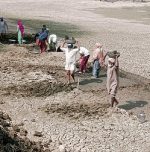
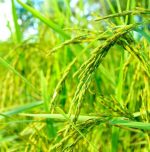
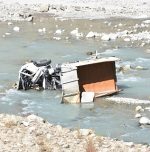




Leave a Reply